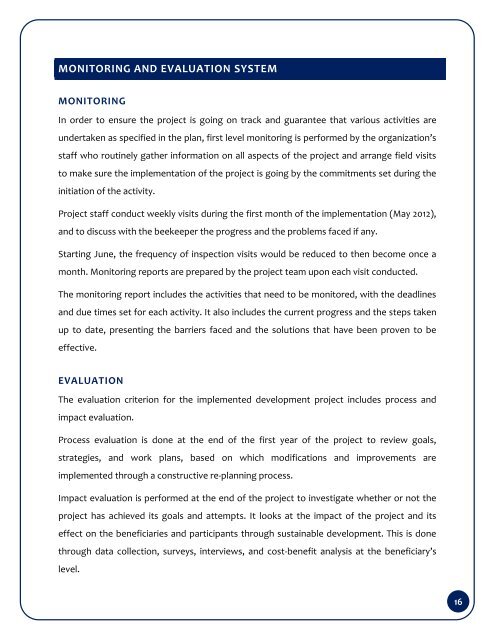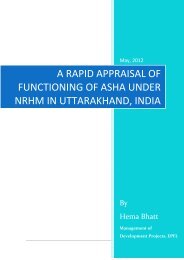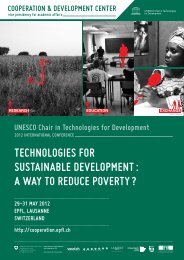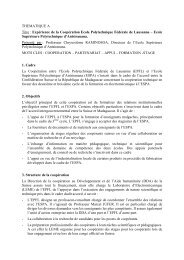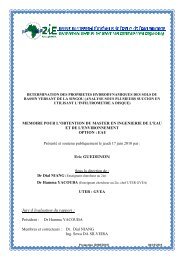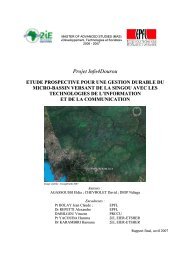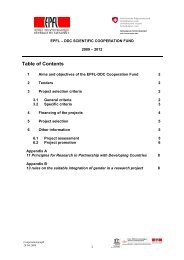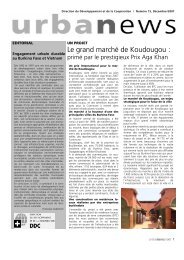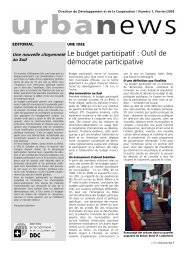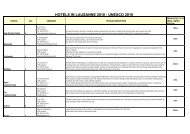Beekeeping for Poverty Alleviation and Sustainable Rural Livelihood
Beekeeping for Poverty Alleviation and Sustainable Rural Livelihood
Beekeeping for Poverty Alleviation and Sustainable Rural Livelihood
You also want an ePaper? Increase the reach of your titles
YUMPU automatically turns print PDFs into web optimized ePapers that Google loves.
MONITORING AND EVALUATION SYSTEM<br />
MONITORING<br />
In order to ensure the project is going on track <strong>and</strong> guarantee that various activities are<br />
undertaken as specified in the plan, first level monitoring is per<strong>for</strong>med by the organization’s<br />
staff who routinely gather in<strong>for</strong>mation on all aspects of the project <strong>and</strong> arrange field visits<br />
to make sure the implementation of the project is going by the commitments set during the<br />
initiation of the activity.<br />
Project staff conduct weekly visits during the first month of the implementation (May 2012),<br />
<strong>and</strong> to discuss with the beekeeper the progress <strong>and</strong> the problems faced if any.<br />
Starting June, the frequency of inspection visits would be reduced to then become once a<br />
month. Monitoring reports are prepared by the project team upon each visit conducted.<br />
The monitoring report includes the activities that need to be monitored, with the deadlines<br />
<strong>and</strong> due times set <strong>for</strong> each activity. It also includes the current progress <strong>and</strong> the steps taken<br />
up to date, presenting the barriers faced <strong>and</strong> the solutions that have been proven to be<br />
effective.<br />
EVALUATION<br />
The evaluation criterion <strong>for</strong> the implemented development project includes process <strong>and</strong><br />
impact evaluation.<br />
Process evaluation is done at the end of the first year of the project to review goals,<br />
strategies, <strong>and</strong> work plans, based on which modifications <strong>and</strong> improvements are<br />
implemented through a constructive re-planning process.<br />
Impact evaluation is per<strong>for</strong>med at the end of the project to investigate whether or not the<br />
project has achieved its goals <strong>and</strong> attempts. It looks at the impact of the project <strong>and</strong> its<br />
effect on the beneficiaries <strong>and</strong> participants through sustainable development. This is done<br />
through data collection, surveys, interviews, <strong>and</strong> cost-benefit analysis at the beneficiary’s<br />
level.<br />
16


